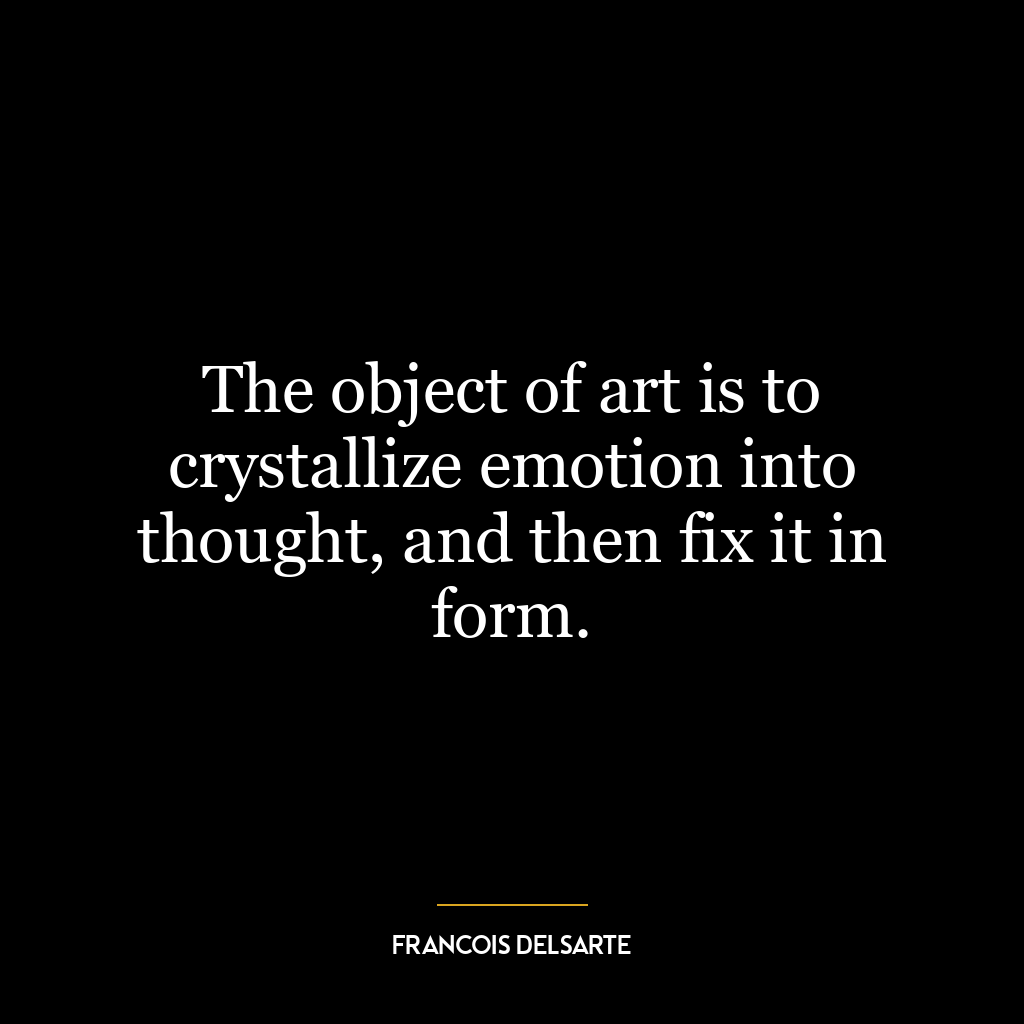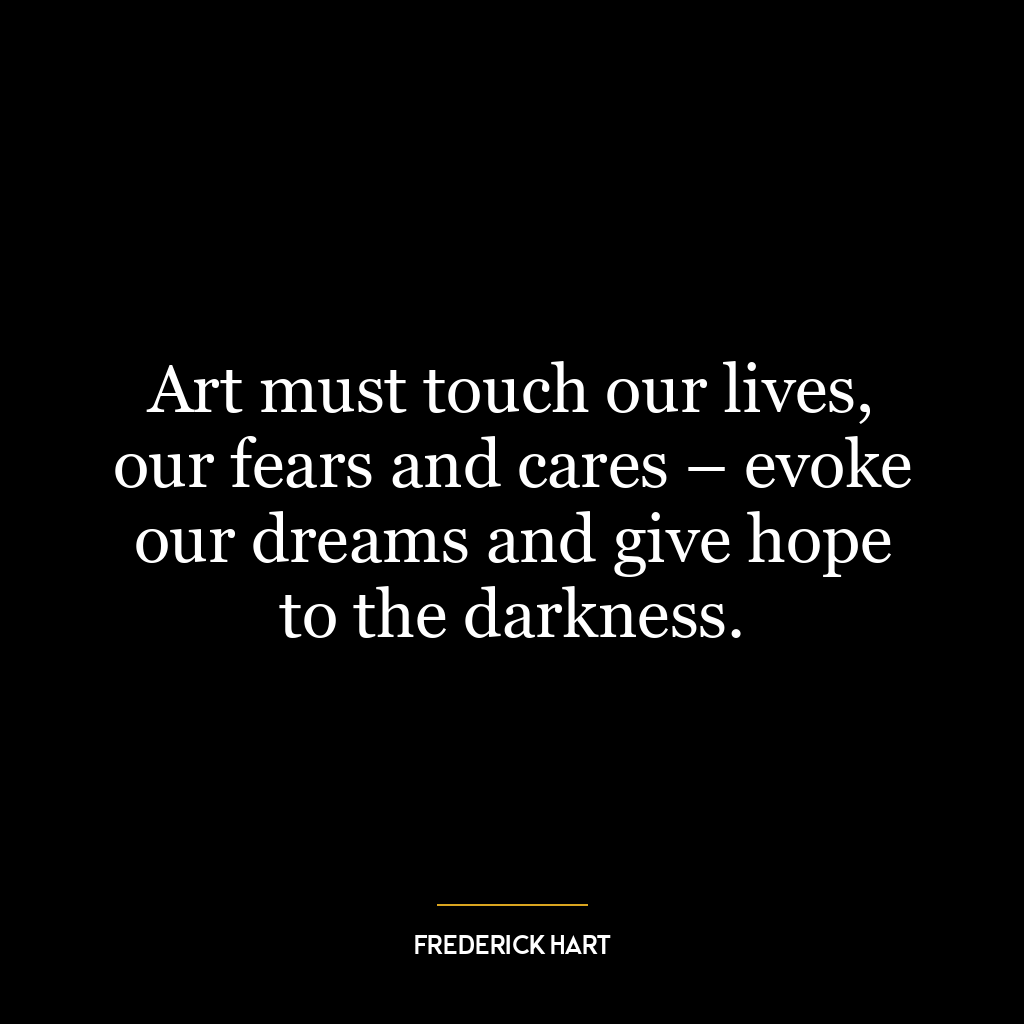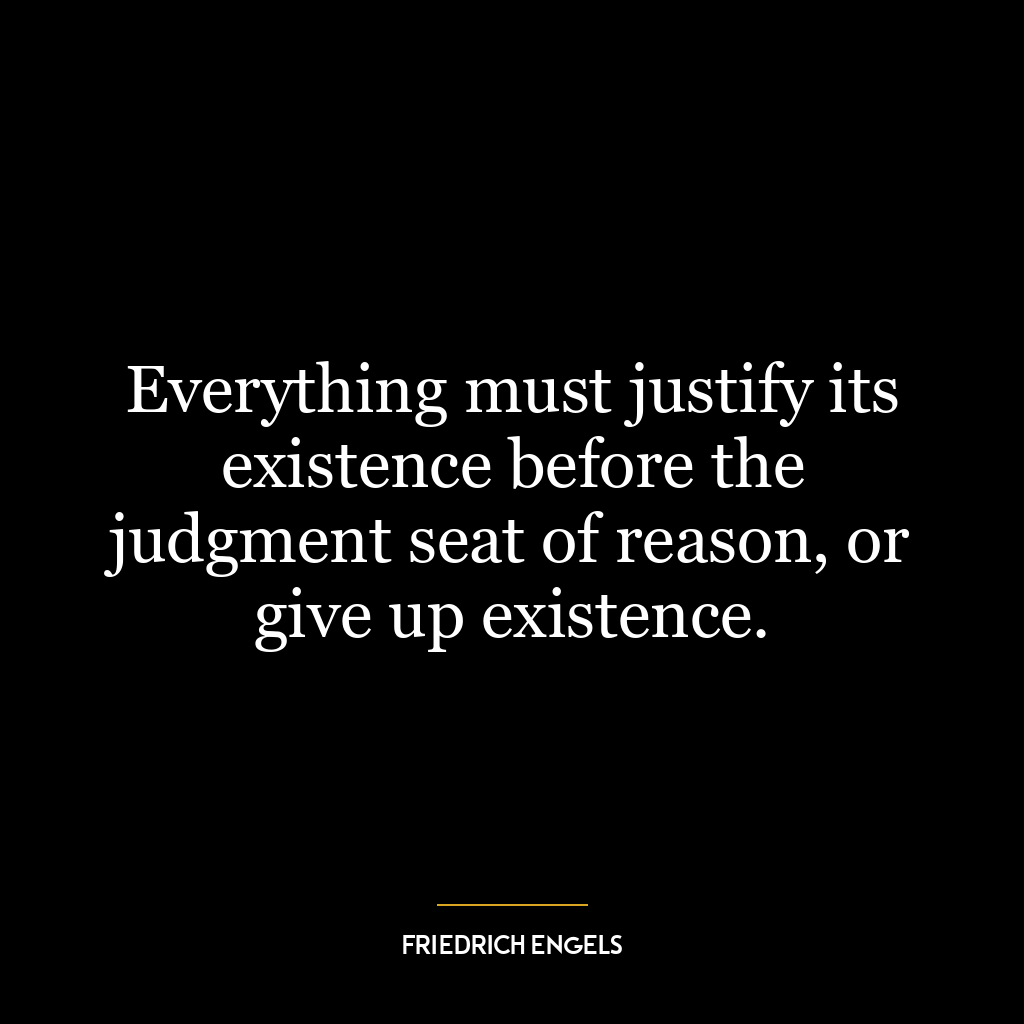The heart never takes the place of the head: but it can, and should, obey it.
This quote suggests that emotions (symbolized by the heart) should not override rational thinking and logic (symbolized by the head). It implies that while our feelings are vital and necessary, they ought to be guided or checked by reason. The heart, full of passions, desires and impulses, should not supersede the head’s role of critical thinking and judgement.
However, it’s worth noting that this doesn’t mean suppressing or ignoring emotions. Rather, it promotes a balance between emotion and reason. The phrase “it can, and should obey it” signifies a harmonious relationship where emotions are acknowledged but don’t dictate actions without logical consideration.
Applying this in today’s world could involve making decisions based on calculated reasoning rather than impulsive emotional reactions. This is particularly relevant in situations involving conflict resolution where emotional responses can often exacerbate issues rather than resolve them.
In terms of personal development, understanding this idea could lead to better self-awareness and emotional intelligence. By recognizing when our hearts are trying to take over from our heads, we can consciously choose to let reason guide us instead of being led astray by unchecked emotions. This way we make more informed decisions that align with our long-term goals rather than short-lived feelings.
Moreover, in interpersonal relationships too – whether personal or professional – maintaining this balance between heart and head would promote healthier communication patterns since responses would be thought-through rather than emotionally charged.
In conclusion: ‘heart’ represents emotionality while ‘head’ symbolizes rationality; both have their place but one shouldn’t replace the other – they must work together for optimal decision-making processes.








